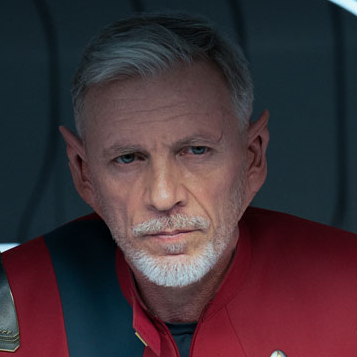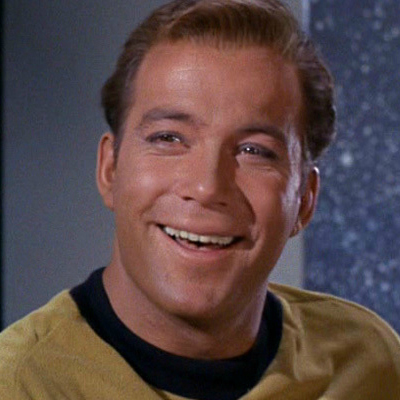• Doctor Kovich gives Burnham a list of the five scientists who had the task of researching the Progenitor technology, three of whom we’ve already learned about. The remaining two are a Denobulan, Hitoroshi Kreel, and a Betazoid named Marina DeRex. The first Betazoid we were introduced to in Trek was TNG’s Deanna Troi, played by Marina Sirtis.
• The opening sequence now shows the third map piece being added to the whole.
• Burnham gives Tilly a rundown of what she learned about the pre-warp Halem’nite language. It was established in the series premiere, “The Vulcan Hello”, that Burnham’s expertise is xenoanthropology.
• The episode is named for the whistlespeak that the Halem’nites use to communicate over long distances. This mode of communication is used briefly early in the episode, and never again, including during the climax that relies upon a child communicating with their father.
• When Burnham and Tilly beam down to Halem’no, they arrive with markings on their foreheads to appear as Halem’nites. Starfleet officers being surgically altered to blend in with the locals during an away mission goes back to “The Enterprise Incident” when Captain Kirk was disguised as a Romulan, but this is the first time we’ve seen those alterations be applied mid-transport.
• “Turns out you have a perfectly typical, healthy, and rather handsome human brain.” Doctor Culber’s body was recreated out of mycelial network fungus matter in “Saints of Imperfection”.
• “I’m the queen of endurance.” In “Point of Light”, Tilly, with some help from a jahSepp inhabiting her body, set a course record running a half-marathon through the corridors of the USS Discovery.
• The weather tower control board features Denobulan script, first seen in “Stigma”.
• It is revealed that the winner of the Journey of the Mother Compeer gets sacrificed to the gods in order to bring the rain.
• There are a few examples of sentient beings being ritually sacrificed in Trek, though most are talked about as something done in the past, such as on live sacrifices to Molar on “Qo’noS” being mentioned in “Will You Take My Hand?”, or the inhabitants of the planet featured in the VOY episode, “Muse” having replaced live sacrifice with theatrical plays.
• We saw that Kelpiens culture viewed their being taken by the Ba’ul as a sort of ritual sacrifice in “The Brightest Star”.
• In “Life Us Where Suffering Cannot Reach”, the Majalans regularly sacrifice a child referred to as the ”First Servant” to a slow and painful death to maintain the technology which enabled their civilization.
• The walls of the weather tower’s vacuum chamber are made of solid tritanium, and apparently too dense to allow for a transporter lock. The hulls and bulkheads of many Federation starships including the Discovery and the USS Enterprise D were made of tritanium, but did not impede transporter functions.
• Burnham makes the decision to disregard the prime directive as opposed to letting Tilly and Ravah die. Kirk frequently ignored the prime directive to save lives, such as in “The Return of the Archons”, “A Taste of Armageddon”, and “The Apple”. Even Picard violated the prime directive in “Justice” to save the life of Wesley Crusher, and “Who Watches the Watchers” to prevent the Mintakans from worshiping him as a deity.
• The punishment for violating the prime directive is apparently a significant amount of paperwork. In “Bread and Circuses” it is stated that Starfleet officers swear to die before violating the prime directive.
• The handle Ohvahz uses to open the sacrificial vacuum chamber functions very similarly to 24th century manual access clamps, such as the ones seen in “Star Trek: First Contact” and the LDS episode, “First First Contact”.
The punishment for violating the prime directive is apparently a significant amount of paperwork. In “Bread and Circuses” it is stated that Starfleet officers swear to die before violating the prime directive.
Distinction without difference.
it is stated that Starfleet officers swear

Well, I double dumbass on me, I guess.



